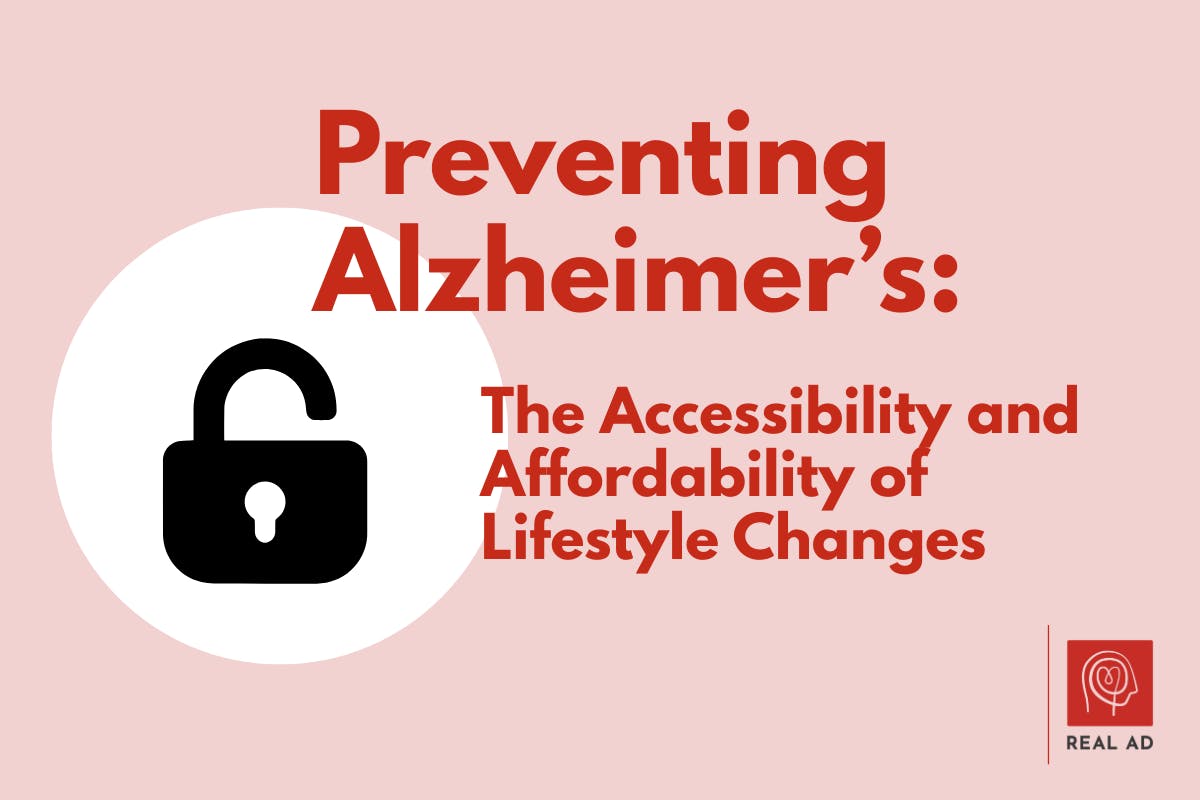Preventing Alzheimer’s: The Accessibility and Affordability of Lifestyle Changes
June 18, 2025
In the previous article, we highlighted what can be done to reduce the risk of Alzheimer’s disease. However, this inevitably raises the question: For whom are these lifestyle changes realistically achievable?
The Challenges of Habit Formation
Forming new habits can be a complicated process that often takes longer than people expect. While it is commonly said that it takes about 21 to 66 days to establish a habit, the actual time can vary widely based on individual factors. These include personal motivation, social support, and the specific challenges one faces.
As people age, they often have established habits that can be difficult to change. Long-standing behaviours, whether related to diet, exercise, or daily routines, can create a strong resistance to change. Health limitations, stress, and a lack of social networks can make it even harder for older adults to adopt healthier lifestyle changes. Additionally, emotional barriers, such as fear of failure or feeling overwhelmed, can further complicate the habit formation process. Therefore, it is crucial to start cultivating healthy habits early in life, as these foundational behaviours can significantly ease the transition to healthier choices in later years. As noted in The Lancet, "It is never too early or too late to reduce dementia risk."
The environment plays a crucial role in habit formation. Individuals are more likely to develop healthy habits when they live in supportive settings that encourage positive choices. This includes access to safe parks for physical activity, community resources that foster social interaction, and programs that promote healthy eating.1,2
Understanding Structural Barriers
Considering the broader context raises important questions about the accessibility of supportive environments and conditions that foster healthy living and subsequently lower the risk of developing Alzheimer’s.
🕒 Who has the time to exercise regularly, prepare healthy meals, or take up a new hobby after a long workday or while juggling multiple jobs?
💰 Who can afford therapy, gym memberships, or living in a neighbourhood that is safe for walking?
🤱 Who is doing unpaid care work, often without recognition or support?
🏠 Who has the opportunity to live in environments that promote healthy habits?
Health behaviours do not occur in a vacuum. They are shaped by the environments in which people live: poverty, education, housing conditions, employment opportunities, gender roles, and access to healthcare.
In a society that often frames health as a matter of personal responsibility, we risk ignoring the structural inequalities that determine who can live healthily and who cannot. Even within high-income countries, stark disparities persist. People with lower income, less formal education, unstable housing, or chronic stress face significantly higher risks, not because they do not care about their health, but because the conditions of their lives make prevention harder to achieve. Marginalised communities often lack access to safe public spaces, affordable food, or nearby healthcare. These are not individual shortcomings; they are systemic barriers.
What We Really Need: Systemic Change
If we want to take prevention seriously, we need to move beyond individual advice and examine the broader systems that shape health. This means investing in environments that make healthy living not just possible, but truly achievable.
Public infrastructure plays a crucial role here. Safe, walkable neighbourhoods and accessible green spaces encourage physical activity and social interaction, both protective factors against cognitive decline. Community centres, libraries, and adult education programmes offer opportunities for lifelong learning and connection, especially for older adults or those living alone. Affordable housing and reliable public transport reduce stress and isolation. Universal access to healthcare ensures that conditions such as hypertension or diabetes, which are major dementia risk factors, can be managed early and effectively.
All of the points mentioned above are not luxuries. They are the foundations of public health. And they are essential because prevention should not be a privilege. Lifestyle matters, but so does equal access.